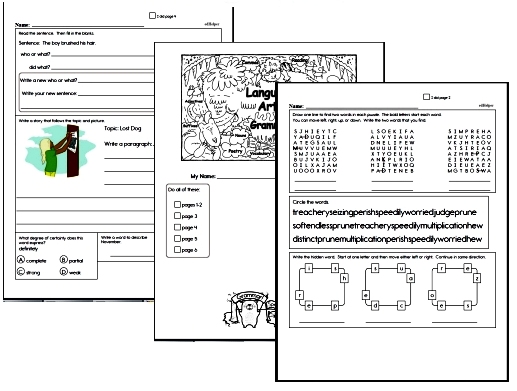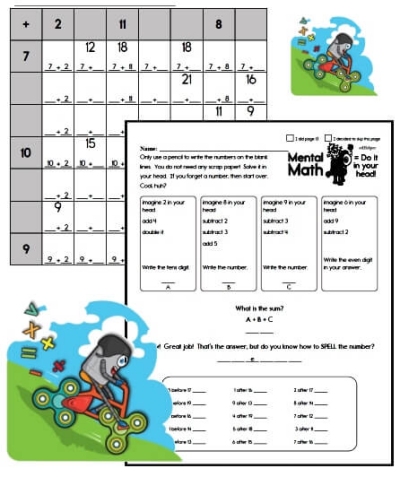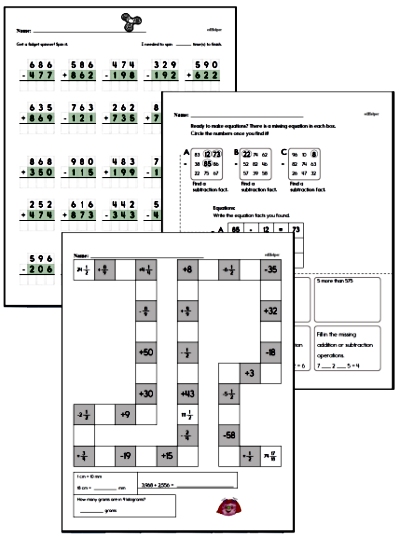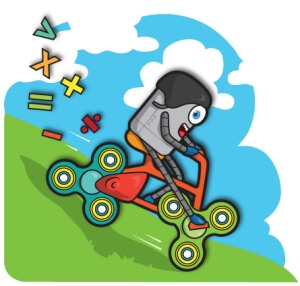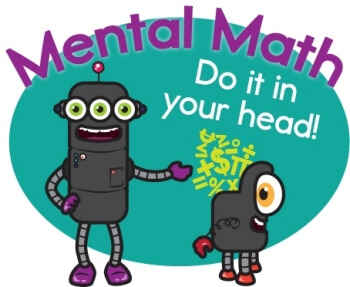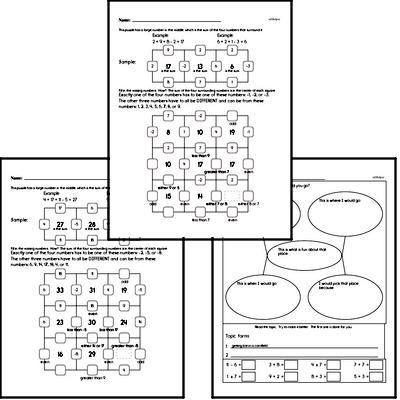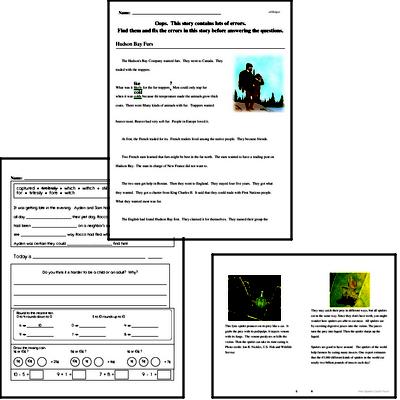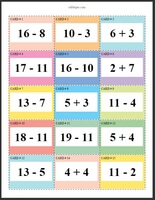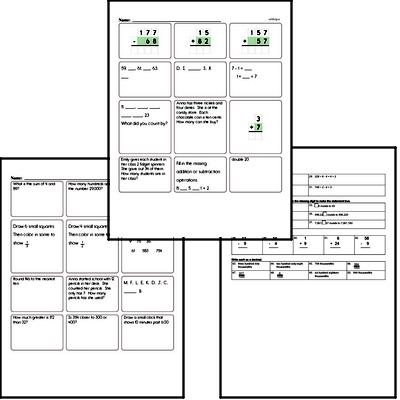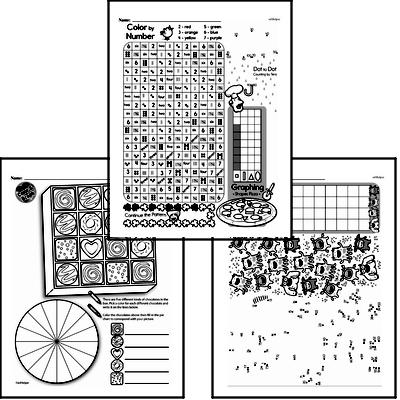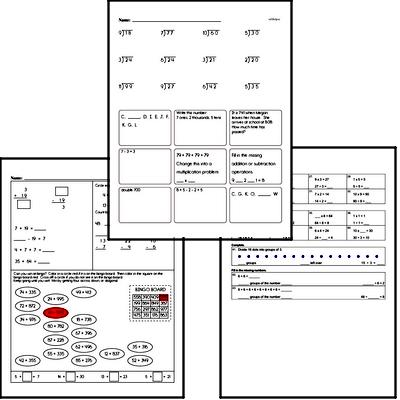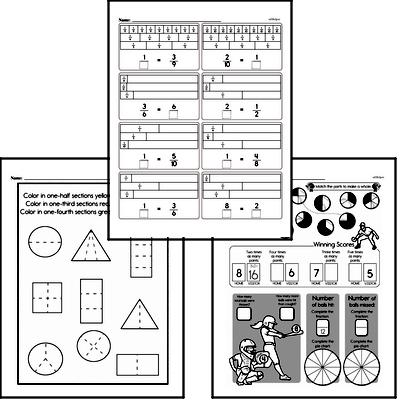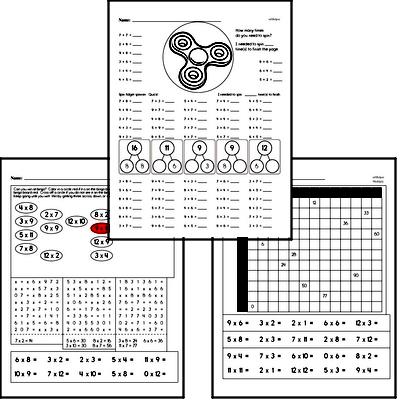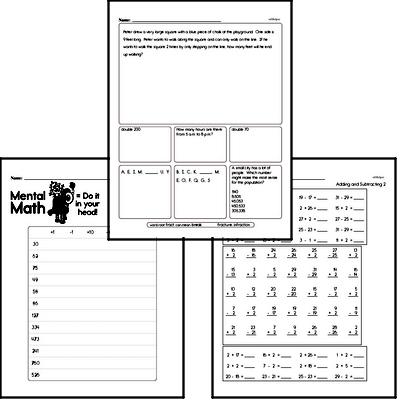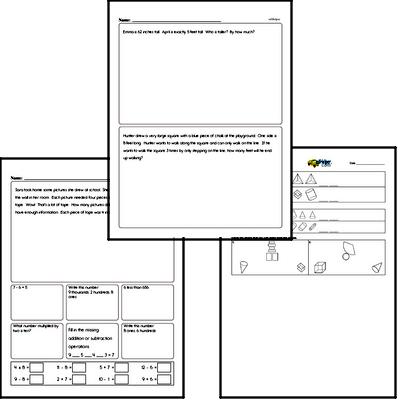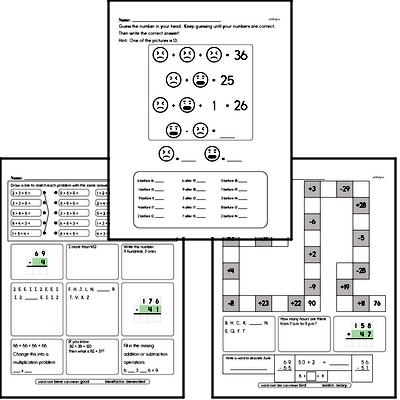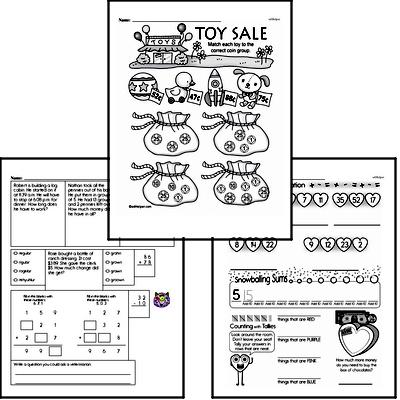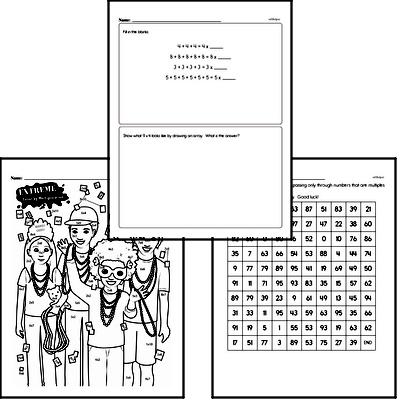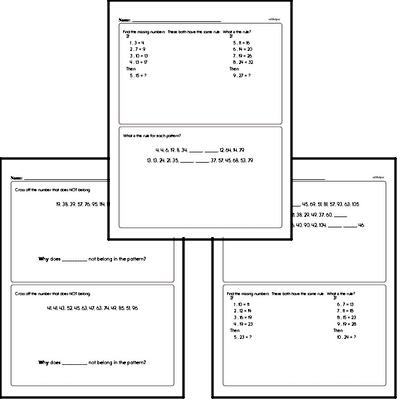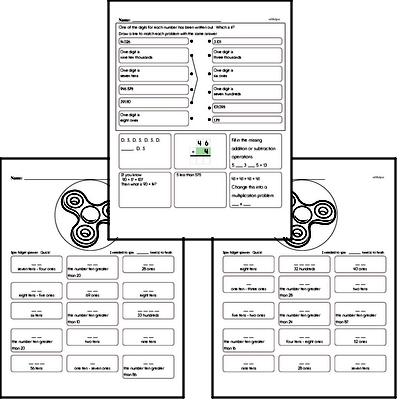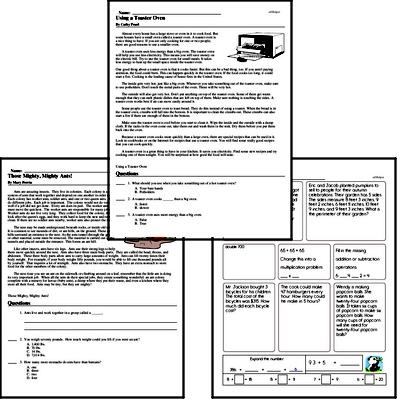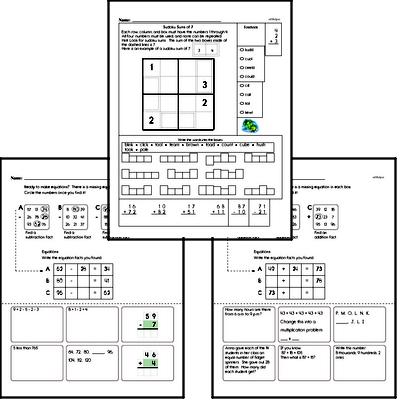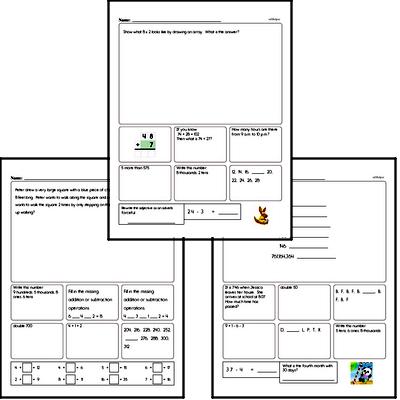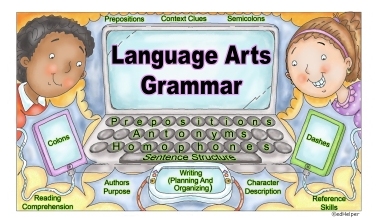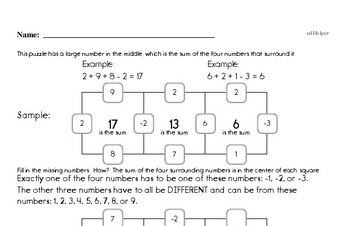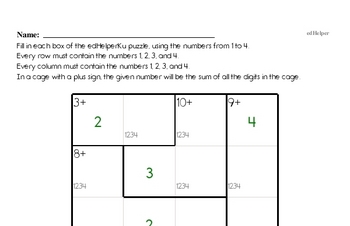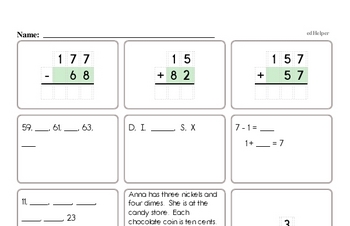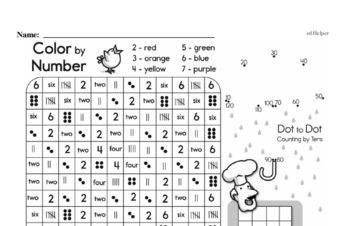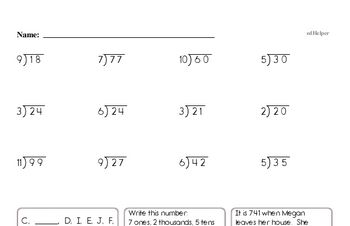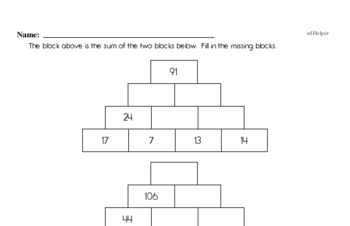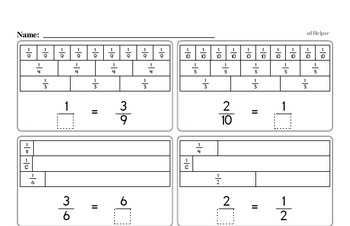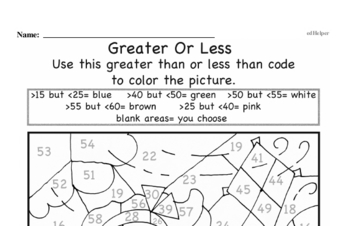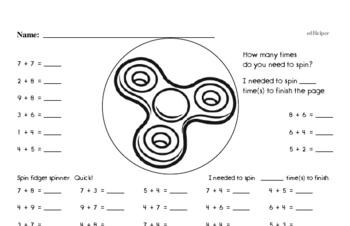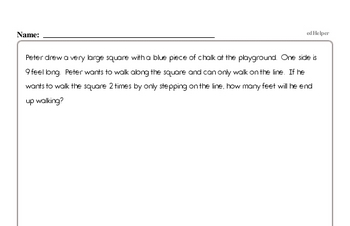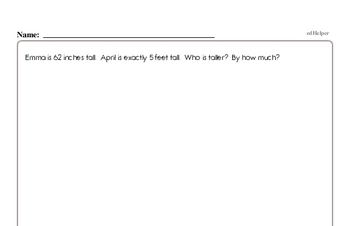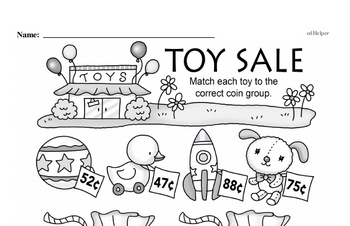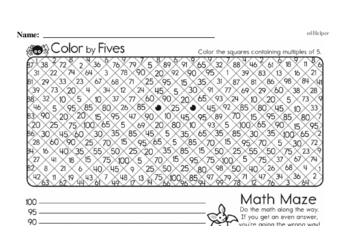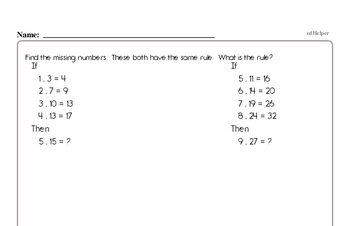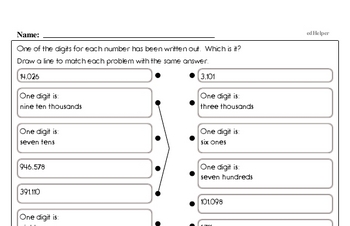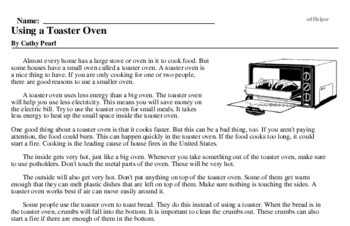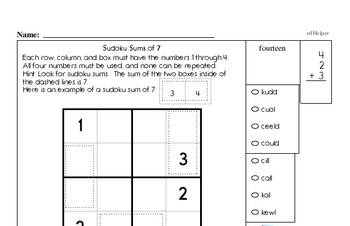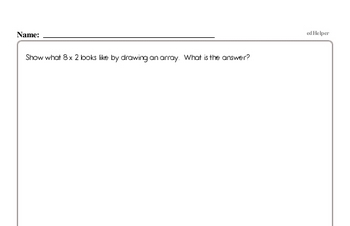Common Core and Math in Third Grade
In third grade, students will focus on four areas: (1) develop understanding of multiplication and division and strategies for multiplication and division within 100; (2) develop understanding of fractions, especially unit fractions (fractions with numerator 1); (3) develop understanding of the structure of rectangular arrays and of area; and (4) describe and analyze two-dimensional shapes.
Third-grade students will work with multiplication and division within 100 (with no remainders). Students will develop an understanding of multiplication and the relationship between multiplication and division. They will use equal groups, arrays, and area models to find an unknown product in multiplication problems and find unknown factors, group size, or number of groups in division problems. They will learn the properties of operations and use those to multiple and divide whole numbers.
Students will investigate perimeter and area. They will investigate area using arrays and recognize area as an attribute of two dimensions. They will measure the area of a shape using unit squares and find an area by multiplying the two dimensions. They will recognize perimeter as an attribute of plane figures and distinguish between linear and area measures.
Students will describe, analyze, and compare the properties of two dimensional shapes and classify them by their number of sides and angles. They will understand that shapes in different categories (rhombuses, rectangles, and others) may share attributes (having four sides), and that the shared attributes can define a larger category (such as quadrilaterals). Students will learn that rhombuses, rectangles, and squares are examples of quadrilaterals, and draw examples of quadrilaterals that do not belong to any of these subcategories.
Students will relate fractions to geometry by expressing the area of part of a shape as a fraction of the whole shape.
Students will solve problems involving the four operations, and identify and explain patterns in arithmetic. They will use place value understanding and properties of operations to perform multi-digit arithmetic. They will add, subtract, multiply, and divide to solve problems involving measurement and estimation of intervals of time to the nearest minute, liquid volumes, and masses of objects.
Students will represent and interpret data by drawing a scaled picture graph and a scaled bar graph to represent a data set with several categories. They will solve one- and two-step "how many more" and "how many less" problems using information presented in scaled bar graphs. They will measure using rulers marked with halves and fourths of an inch. They will show the data by making a line plot, where the horizontal scale is marked off in appropriate units (whole numbers, halves, or quarters).

